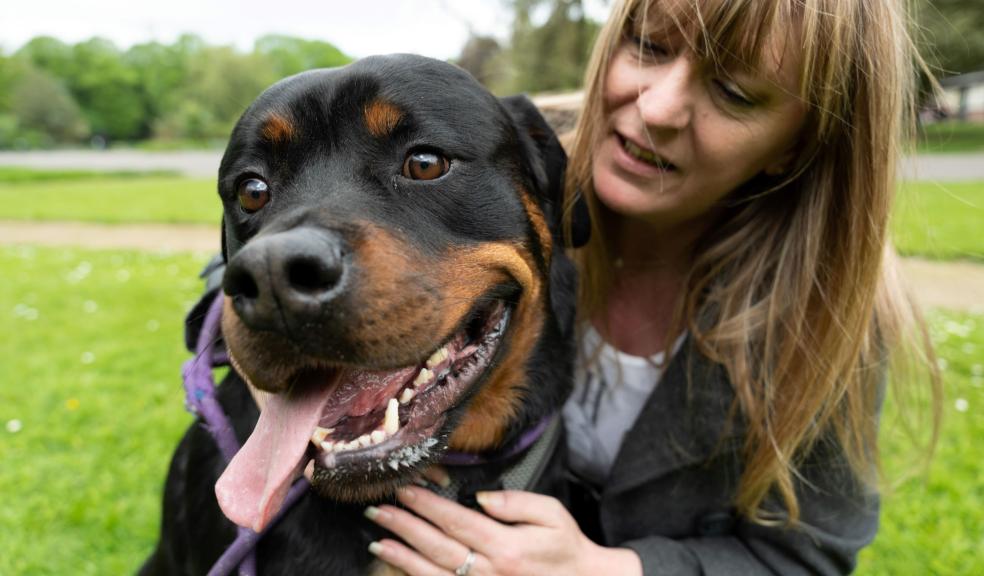
Leading Pet Behaviourist shares top tips to safely socialise dogs
Often bigger breeds of dogs are unfairly stigmatised by the public and seen as scary or frightening, when this very much isn't the case. No dog is born bad and as pet parents, we should all be looking to do right by our pets and raise them in a way to show the friendly and compassionate side that man's best friend is known for.
Leading pet food and wellbeing company Bella & Duke know what it means to be misunderstood. In an attempt to challenge long held misconceptions about the raw pet food, the company set out to see what other misconceptions the UK hold about man's best friend. The UK wide research revealed that the UK perceived the following as the top five scariest dog breeds:
- Pitbull Terrier - 48%
- Rottweiler - 43%
- Mastiff - 22%
- Staffordshire Bull Terrier - 22%
- Doberman -19%
Bella & Duke's Pet Behaviourist, Liz Lannie, lists her top five tips to not only make sure your canine companion can be comfortable meeting new people, but also put others at ease and dispel their own misconceptions:
- Understand your dog – Dogs don't have a universal language, they all communicate with us in different ways. For example, Rottweilers are known for their perceived scary growl, but this comes from a place of excitement, for many this can add to the misconceptions of them being a 'scary' dog so it's important as a pet parent to let people know there's nothing to worry about.
- Teach them early – The best way to make sure your furry friend feels comfortable around others is to ease them into it as early as possible. From the puppy phase, meet up with a friend that you know has a trained dog in a calm open area and let them have time to meet new people and experience new things.
- Reward good behaviour – When you're building up their courage to meet new people and fellow dogs, reward them when they show good, calm behaviour. When you feel you're both ready, allow a close friend they feel comfortable around to offer them treats to build another level of trust.
- Distance them from stress – As many will understand, getting comfortable with new environments can be a lot to take in. If you see signs of stress that can include: ears being tucked back, excessive drooling & panting, shaking and whining. If you notice these signs, just take them away for a few minutes, take a moment to gather yourselves and try to ease them back into the situation.
- Patience is key! – You're not going to see an overnight change in your dog's behaviour, these things take time and consistency. Taking your dog out to a new area or to meet a friend is the easy part, keeping this consistency is where the real challenge comes in! Take your time and keep trying, after time you'll see progress and ultimately build healthy and happy relationships with new friends for your dog.
Liz Lannie, Pet Behaviourist at Bella & Duke, added: "We really believe that no dog deserves to be labelled as scary or frightening. It's our responsibility to do right by our pets and create an environment where they can live a life well loved, full of friends and adventures. We know ourselves, change won't come overnight. Take the time each day to implement some type of training whether it's switching up your usual walking route or meeting a friend for a puppy play date, slowly but surely if you're consistent you will see changes."
To find out more about how to train your pets visit: https://www.bellaandduke.com







